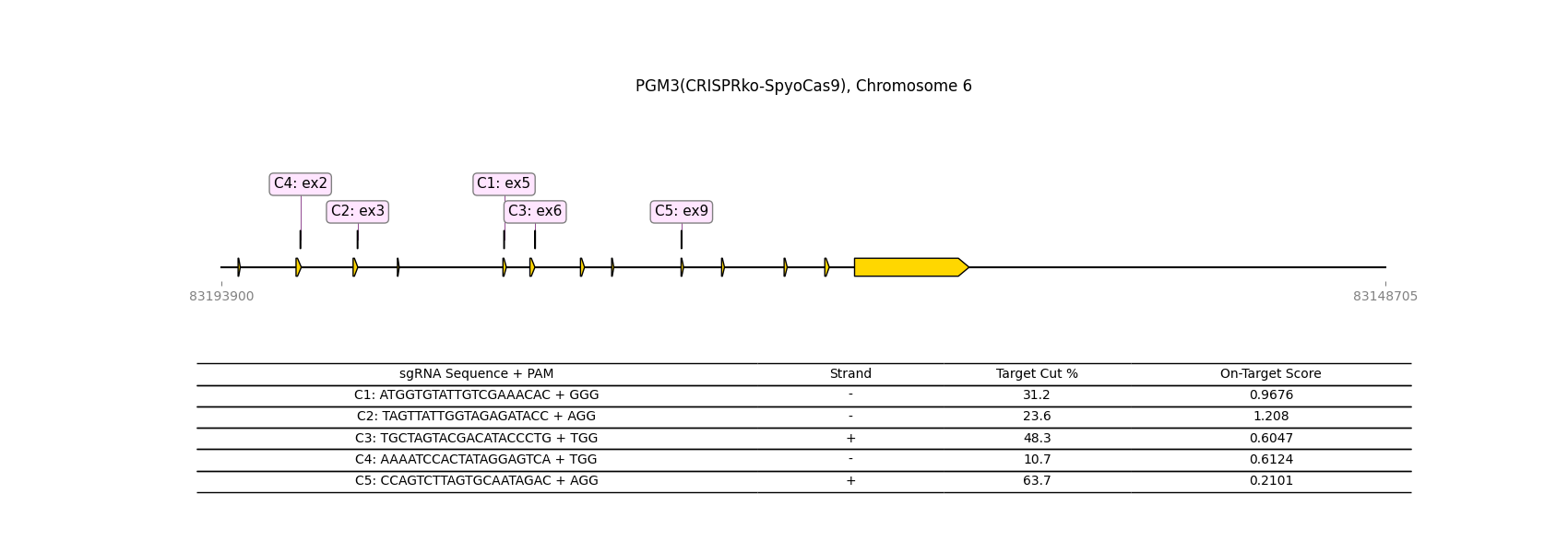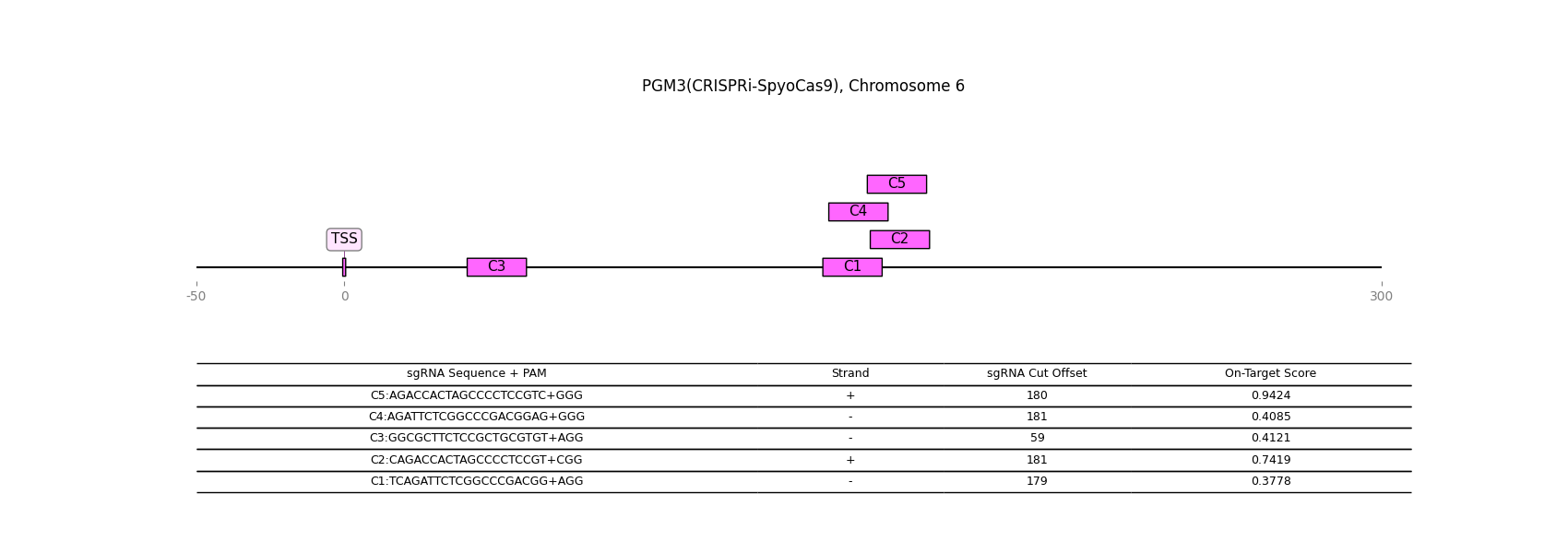Gene Details: PGM3
1 / 1
General Information
Gene Name: PGM3 (Phosphoacetylglucosamine mutase)
Synonym: AGM1
Short Names: PAGM;
Alternative Names: Acetylglucosamine phosphomutase;N-acetylglucosamine-phosphate mutase;Phosphoglucomutase-3;
Notes:
- Catalyzes the conversion of GlcNAc-6-P into GlcNAc-1-P during the synthesis of uridine diphosphate/UDP-GlcNAc.
Description from Dr.Glyco-GPT:
Warning: LLMs can generate factually incorrect information, as they simply predict the next word based on training data. Always verify LLM output by cross-checking with reliable sources!
Catalytic Activity

Reaction and Disease Links
EC # (IUBMB):
5.4.2.3
Brenda:
5.4.2.3
KEGG: 5238
Rhea:
23804
Reactome :
R-HSA-446210
Transcript levels (Cell lines and Single cell data) URL
CRISPR-knockout

CRISPR-activation

CRISPR-inactivation

Transcription factor-gene relationship (details at glycoTF page)
Top 10 TFs
| TF | Score |
|---|---|
| TCF25 | 0.756592 |
| UBE2I | 0.740149 |
| SSU72 | 0.727088 |
| YY1 | 0.725397 |
| SNRNP70 | 0.724541 |
| RBM39 | 0.724252 |
| SON | 0.721261 |
| XRCC5 | 0.719728 |
| ATF4 | 0.719519 |
| HNRNPH1 | 0.712401 |
Licensing: CC BY 4.0. You are fee to copy, redistribute, remix, transform and build upon all material, except for textbook figures from the Essentials.